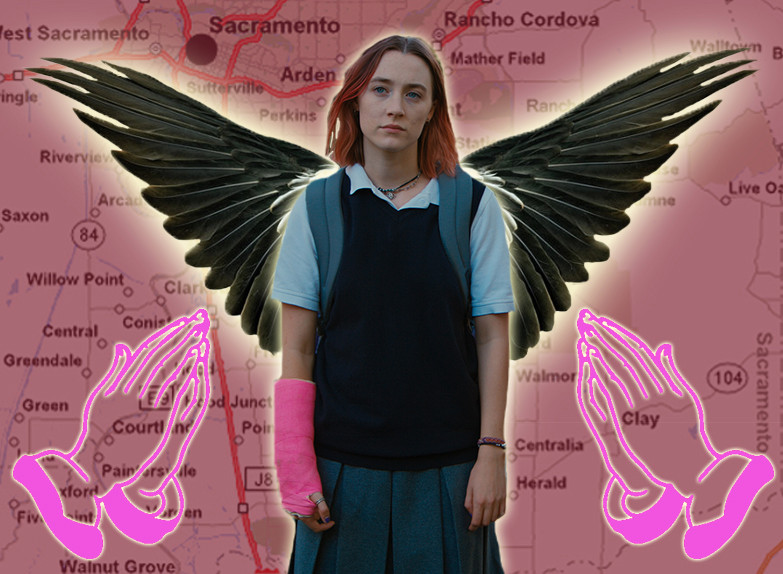
Last Thanksgiving, a new Anne of Green Gables movie aired on PBS. I must confess, I didn’t even watch the new movie. Without Megan Follows and Jonathan Crombie starring as Anne Shirley and Gilbert Blythe, it just feels wrong.
Lucy Maud Montgomery wrote Anne of Green Gables in 1908 about an orphan girl who is adopted by a brother and sister living on a farm in Prince Edward Island. In 6th Grade, we read the first book in the series for English class, so our teacher showed us the 1986 movie (ie the legitimate one, with Follows and Crombie). By Gilbert’s first wink at Anne during the three-legged race, I was hooked.
While I’d like to say my fascination was based on the story’s message of independence, truthfully all I registered at the time was Gilbert’s charm. In her books, Montgomery described him as, “a tall boy with curly brown hair, roguish hazel eyes, and a teasing smile,” but what she left out was “perfect in every way” and “the ideal guy.”
I still melt each time Jonathan Crombie says “sorry” with his soft Canadian accent: “I’m soorry for teasing you about your hair, Anne – don’t be mad at me for keeps.” Ahhhhhh Gilbert, I could never be mad at you “for keeps!”
But now, a few years later, what I find most exceptional is that even as a teenage boy in the 19th century, Gilbert is a true feminist. He is always respecting Anne’s intellect and drive, competing with her in school, and supporting her success. He’s loyal even when Anne pushes him away, and isn’t discouraged when she breaks a slate over his head for his teasing her or when she rejects his help walking home with her broken ankle.
199 minutes of Jonathan Crombie’s longing stares and heroic rescues is quite frankly, a gift from the gods. Yet, while Gilbert could easily steal the show, Anne’s spirit and self-determination make her one of my favorite female characters in film and literature.
Anne is relatable in her pride and insecurities. She’s hilariously dramatic: after Gilbert teases her about her hair, she says “I shall never forgive Gilbert Blythe. Iron entered my soul, Diana…my red hair is a curse!”
But ultimately, her passion and self-reliance set her apart from all of the other girls in her town.
My love for A. G. G. doesn’t compel me to wear bonnets to school or say things like “the depths of despair”/“my bosom friend.” (though that would be interesting ). While I participate in my generation’s culture –and perhaps because I do– it feels refreshing to experience a world of dancing cards, one-room school houses, girls in puffed sleeves, and boys wearing newsboy caps.
Nowadays, Anne of Green Gables would be considered about as edgy as High School Musical. Common Sense Media deems the movie appropriate for ages 7 and older, a rating brought up by a scene where Anne accidentally gets drunk at a tea party (so scandalous!). Nonetheless, it is no short of heartbreak and hardship, and manages to tell an encouraging story about independence through adolescence and teenage love.
With her confidence, depth and ambition, Anne definitely would have been a Marlborough girl.













